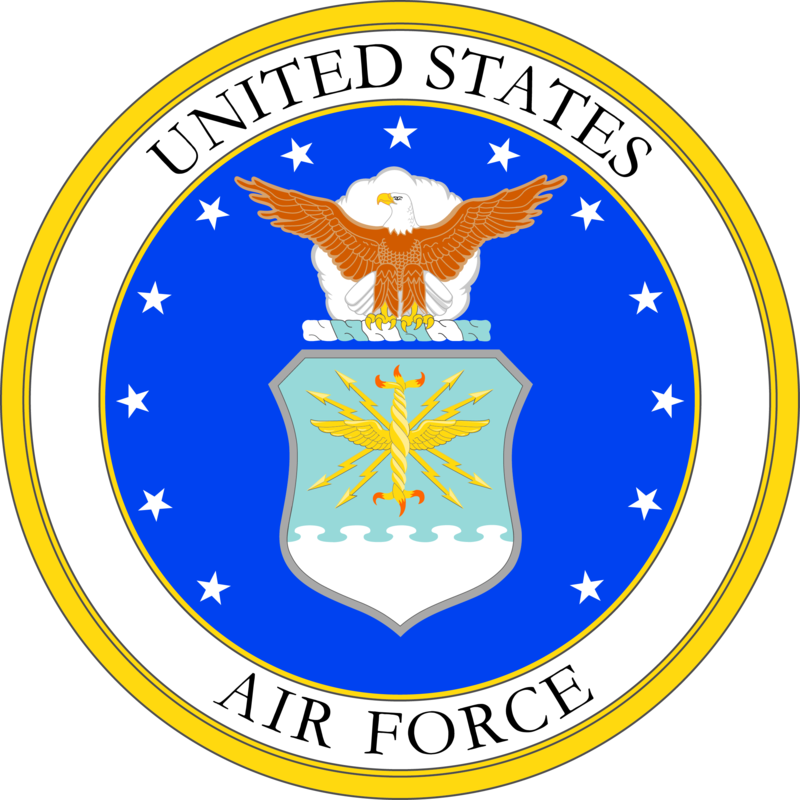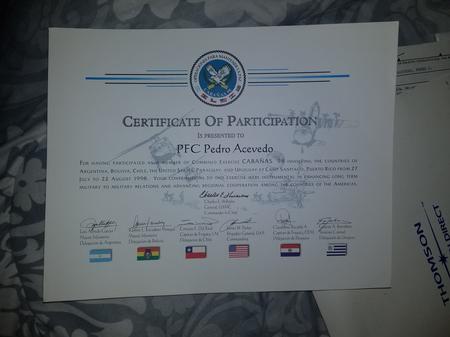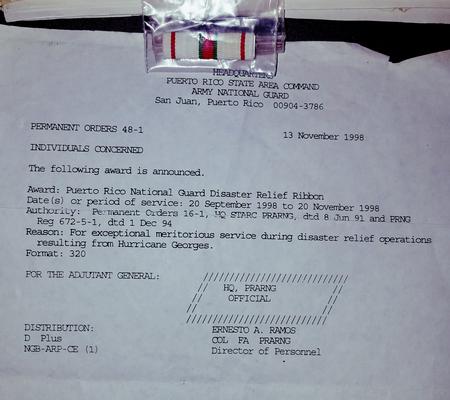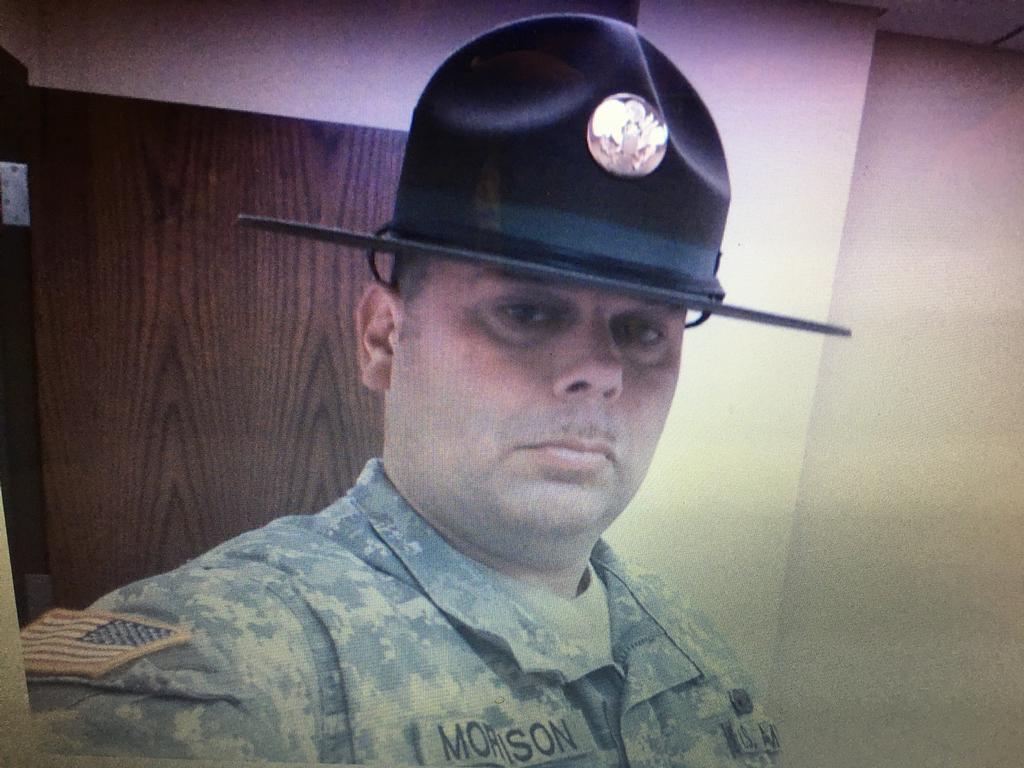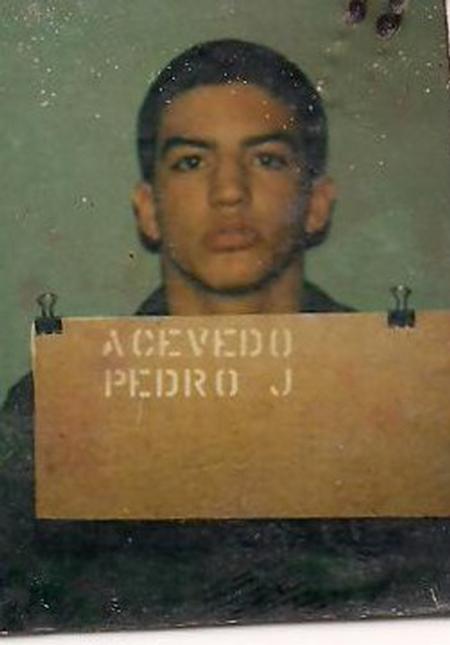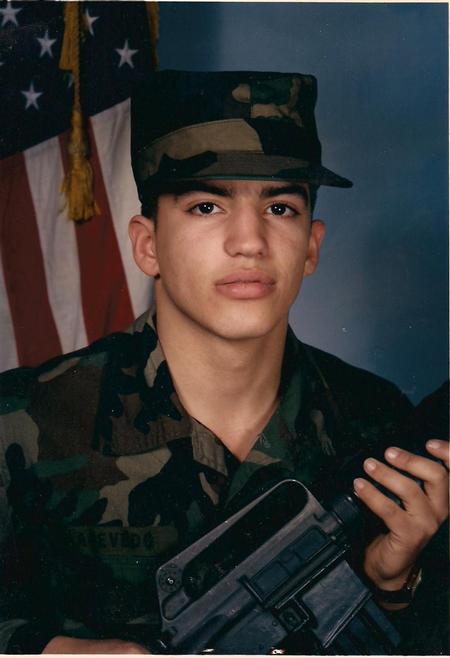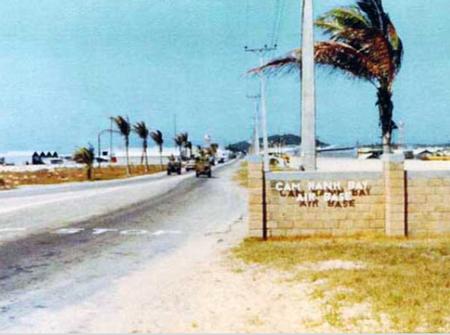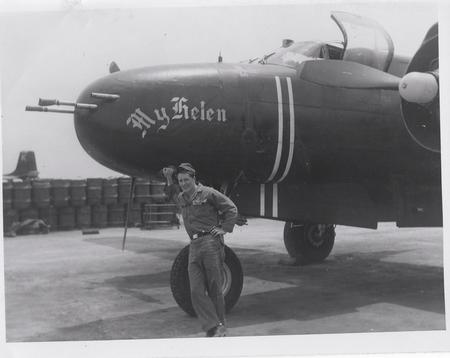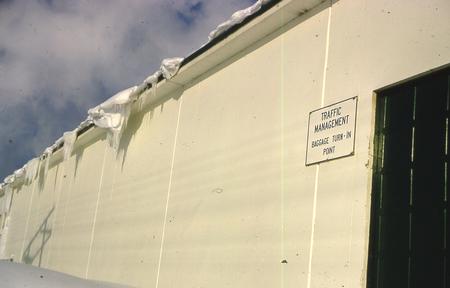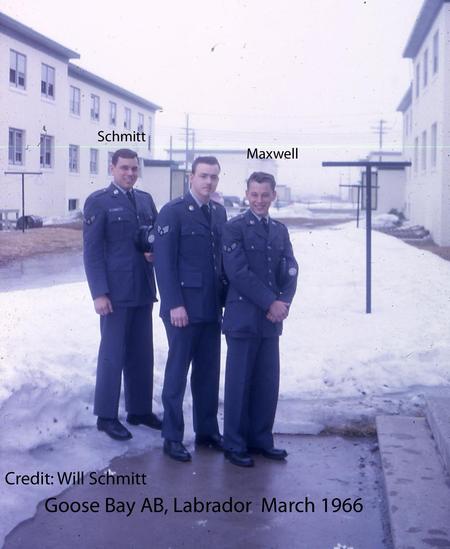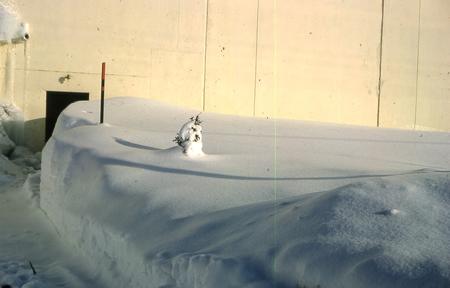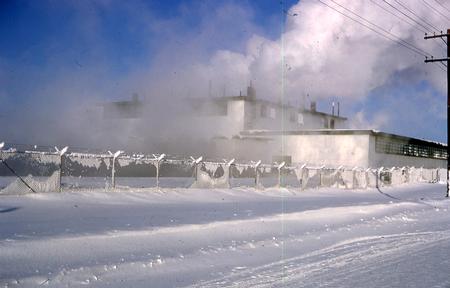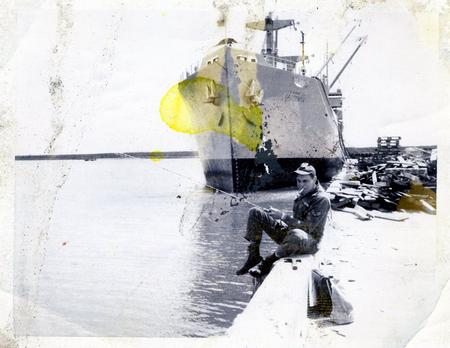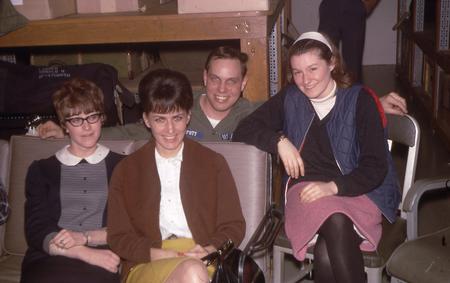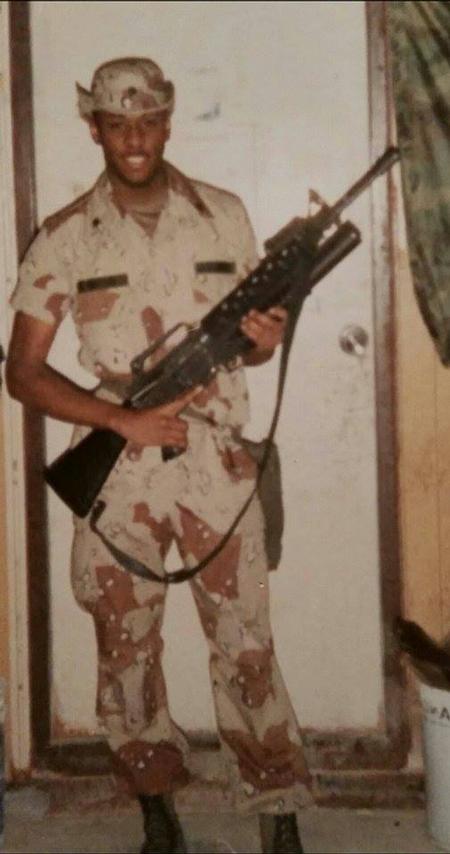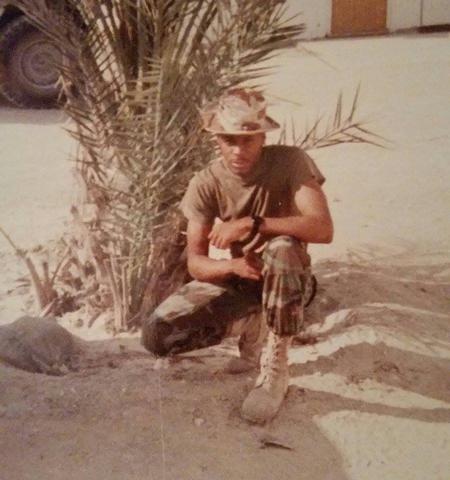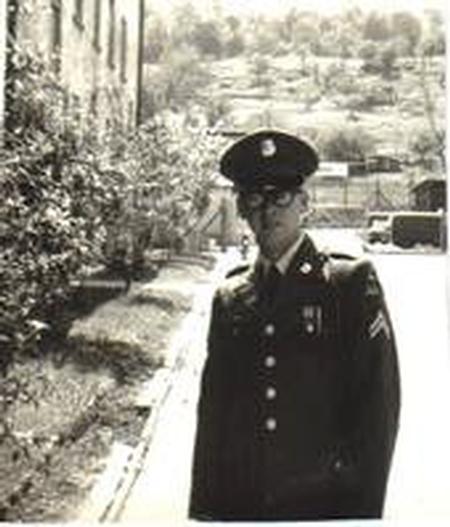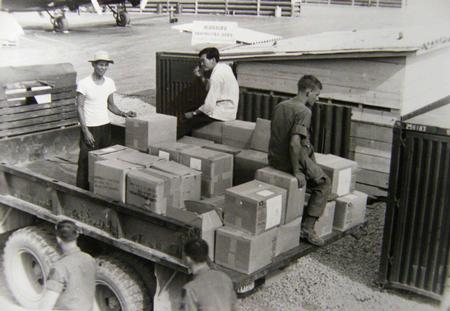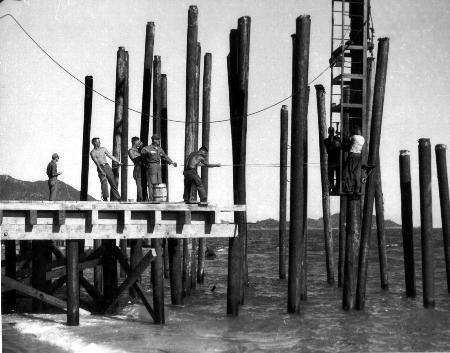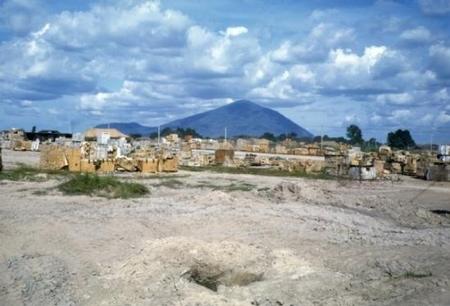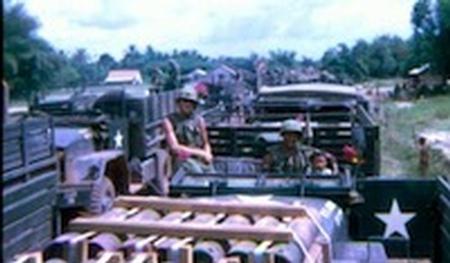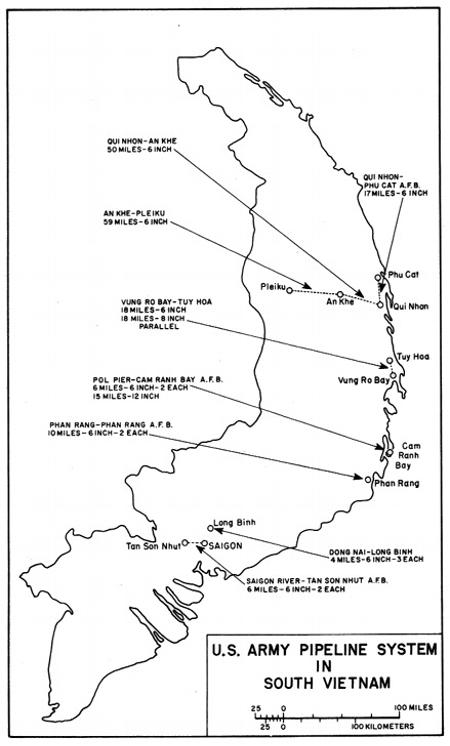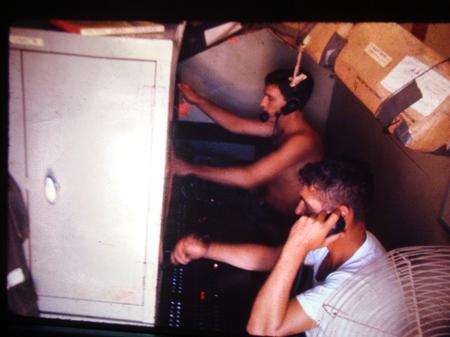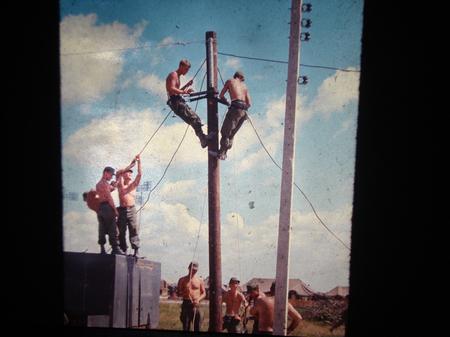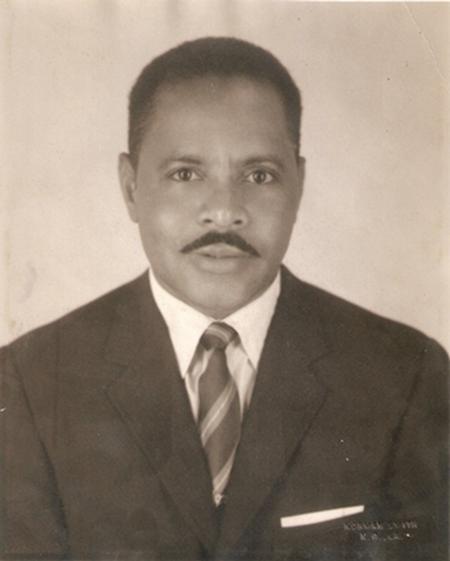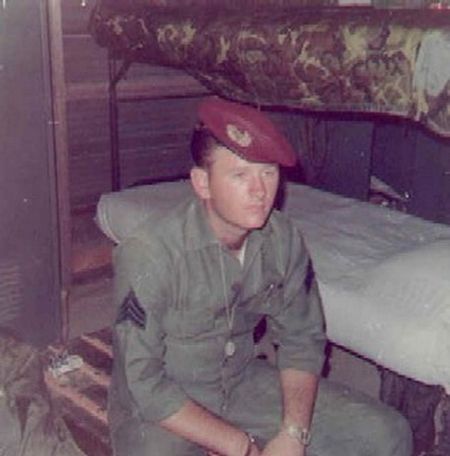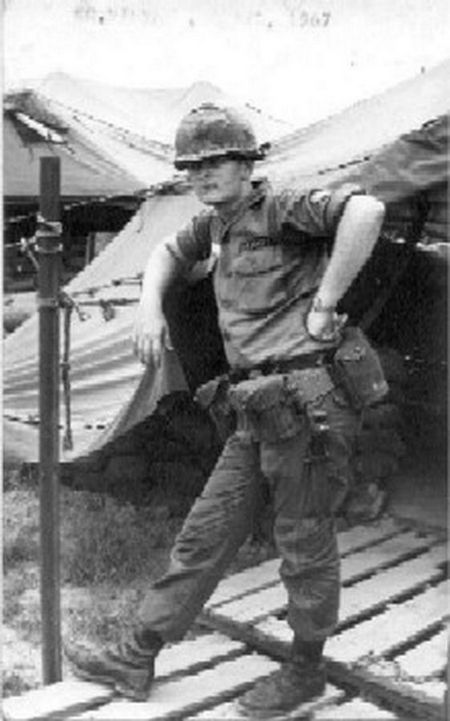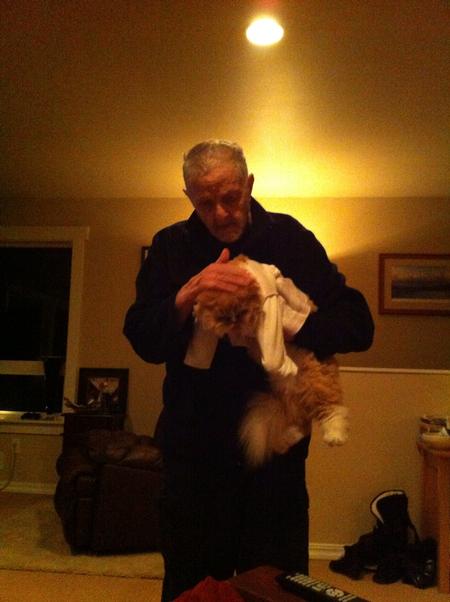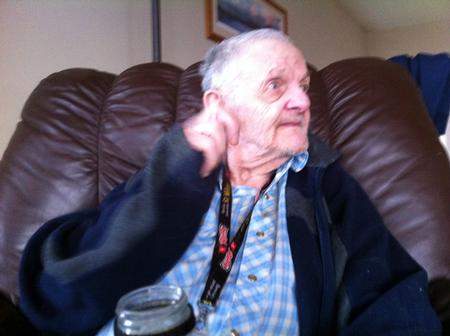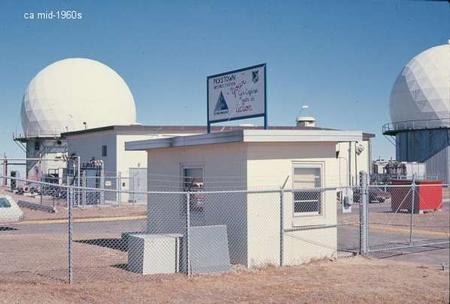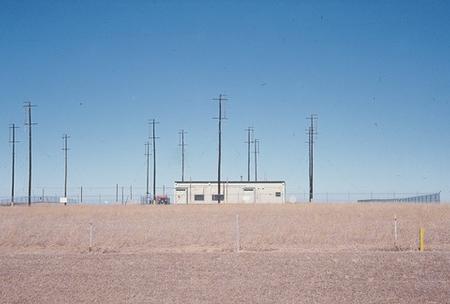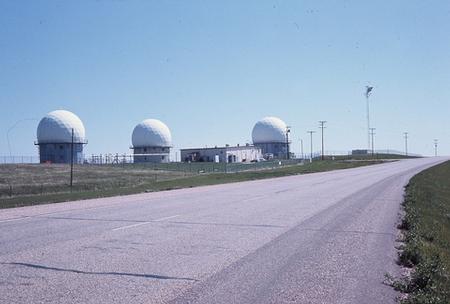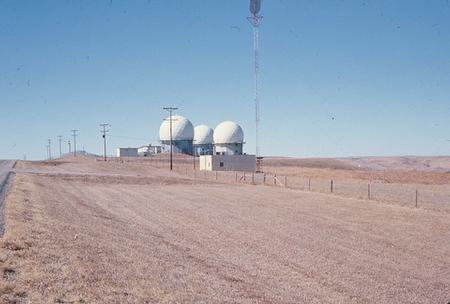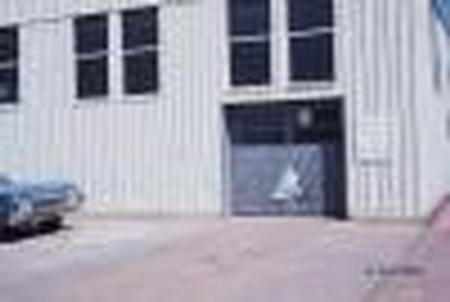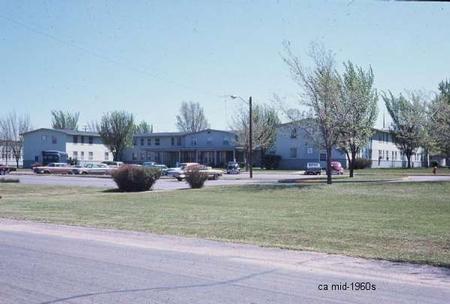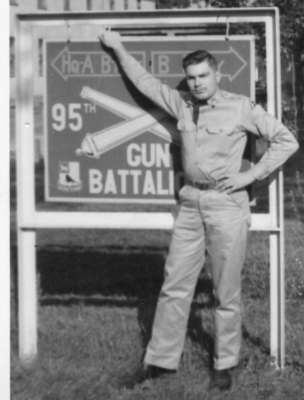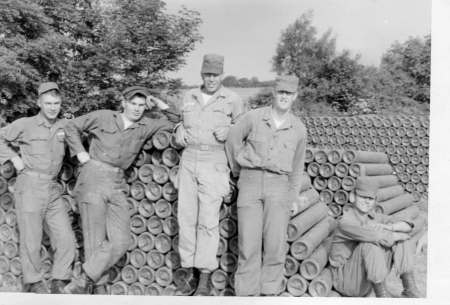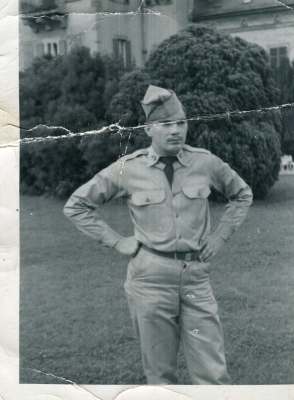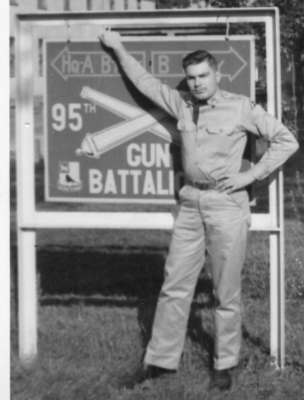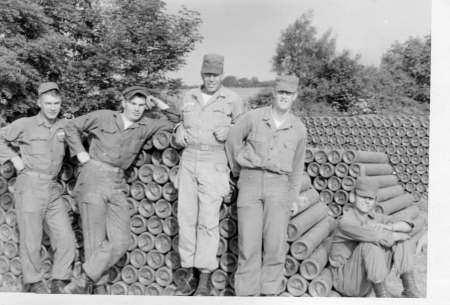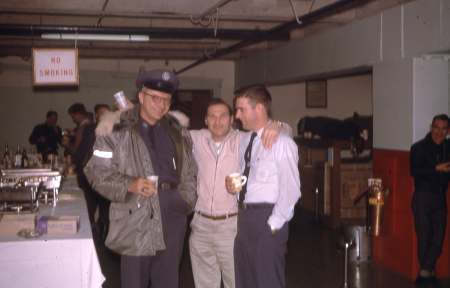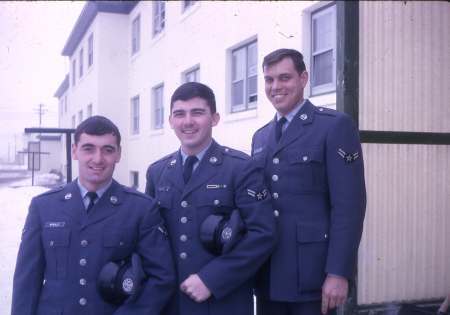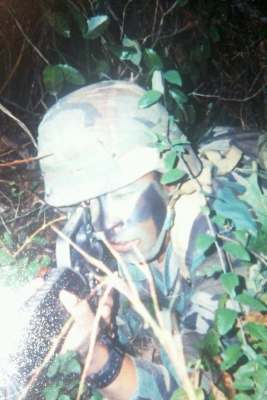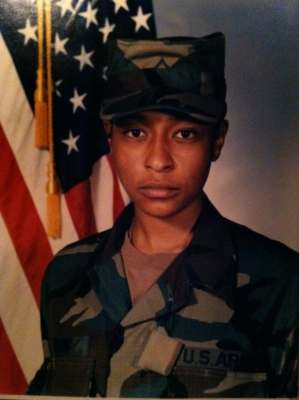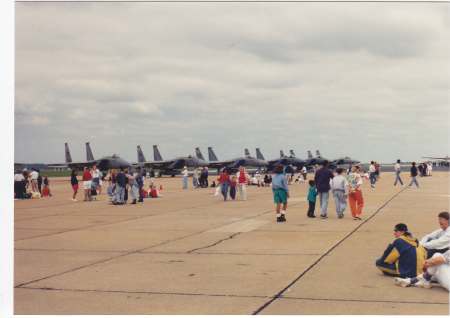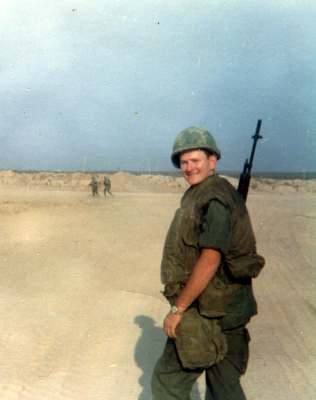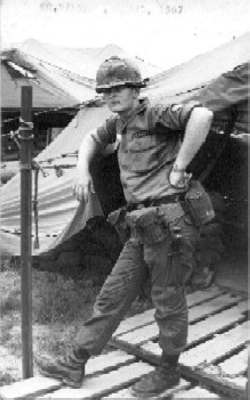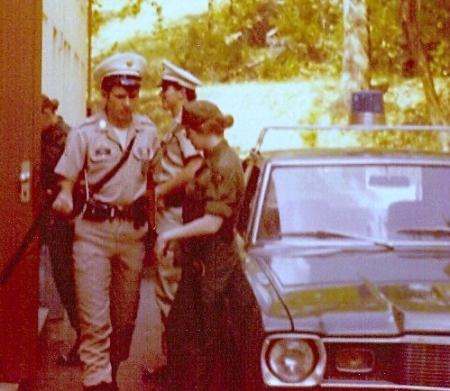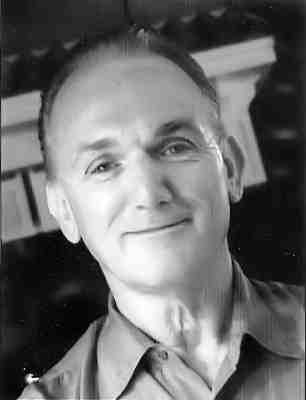ABOUT 95th FIS
- Origins: The 95th Fighter-Interceptor Squadron (FIS) was originally constituted as the 95th Pursuit Squadron (Interceptor) on January 13, 1942, and activated on February 9, 1942, during World War II.
- World War II Service: The unit served with distinction in the Mediterranean Theater, flying missions from bases in North Africa, Sardinia, and Italy, primarily performing bomber escort and ground attack missions.
- Aircraft Flown: During its history, the squadron operated a variety of aircraft, including the P-38 Lightning, P-40 Warhawk, F-86 Sabre, F-94 Starfire, and F-106 Delta Dart.
- Distinguished Unit Citation: The squadron earned a Distinguished Unit Citation for its role in the air offensive over Sicily and Italy in 1943, particularly for its support during the Allied invasion of Sicily.
- Korean War Reactivation: Though inactivated after World War II, the 95th FIS was reactivated in 1952 at Andrews AFB, Maryland, as part of the Air Defense Command during the early Cold War.
- Cold War Air Defense: The unit played a crucial role in the air defense of the United States, standing alert against potential Soviet bomber threats during the height of the Cold War.
- Last Home Base: In its later years, the squadron was stationed at Dover Air Force Base, Delaware, where it continued flying the F-106 Delta Dart until its inactivation in 1968.
- Notable Pilots: Several aces and decorated pilots served with the 95th, including Colonel John E. Pugh, who was awarded the Silver Star for his leadership in combat.
- Squadron Emblem: The 95th FIS's emblem featured a distinctive caricature of a ghostly figure, earning the squadron the nickname “The Ghost Squadron.”
- Legacy: The unit’s history and traditions continue to be honored by the Air Force community, and its legacy is preserved in museum exhibits and veteran reunions.

